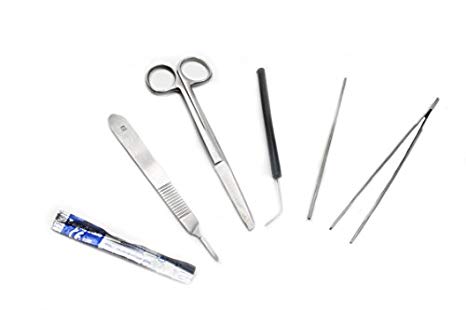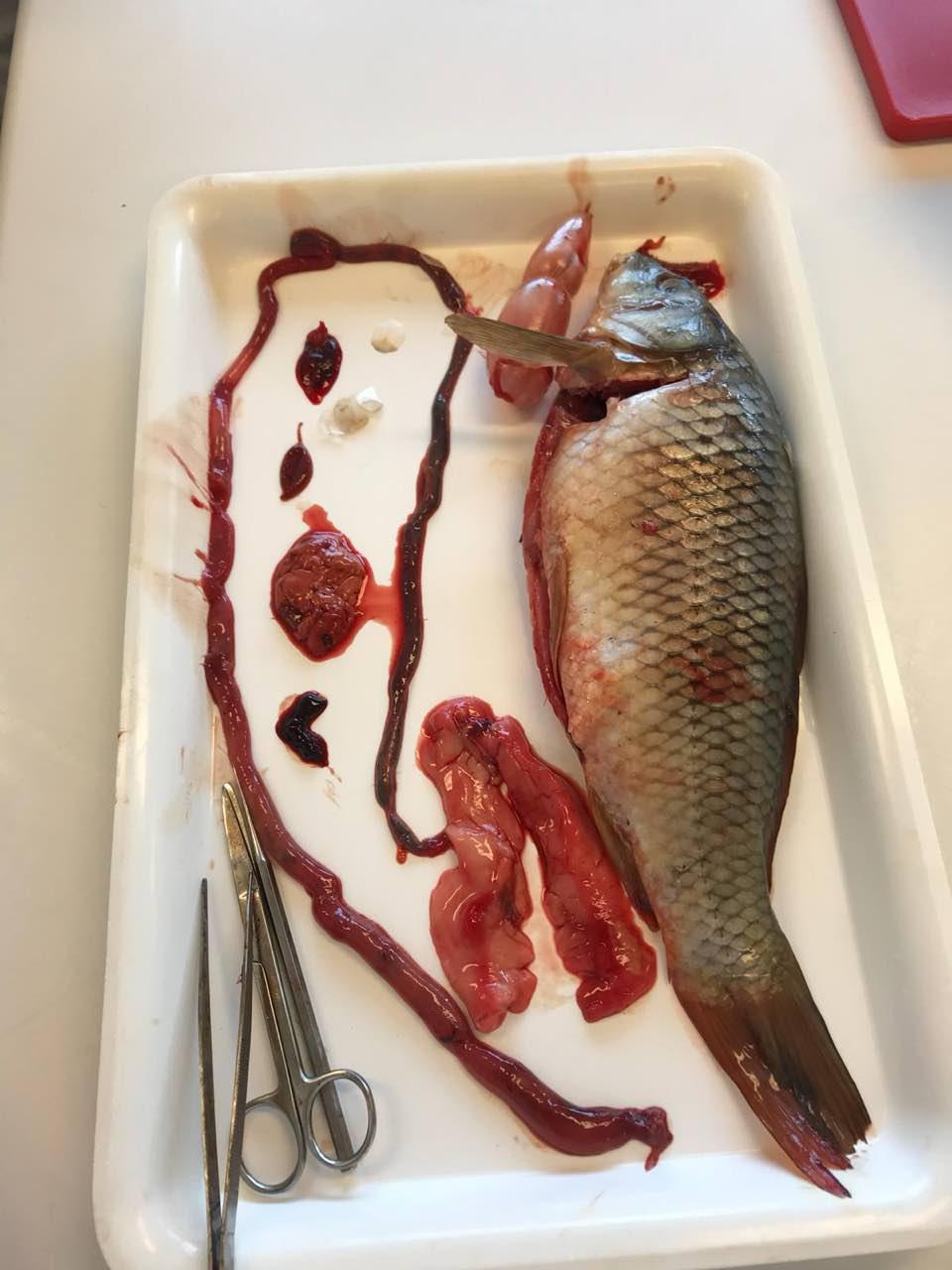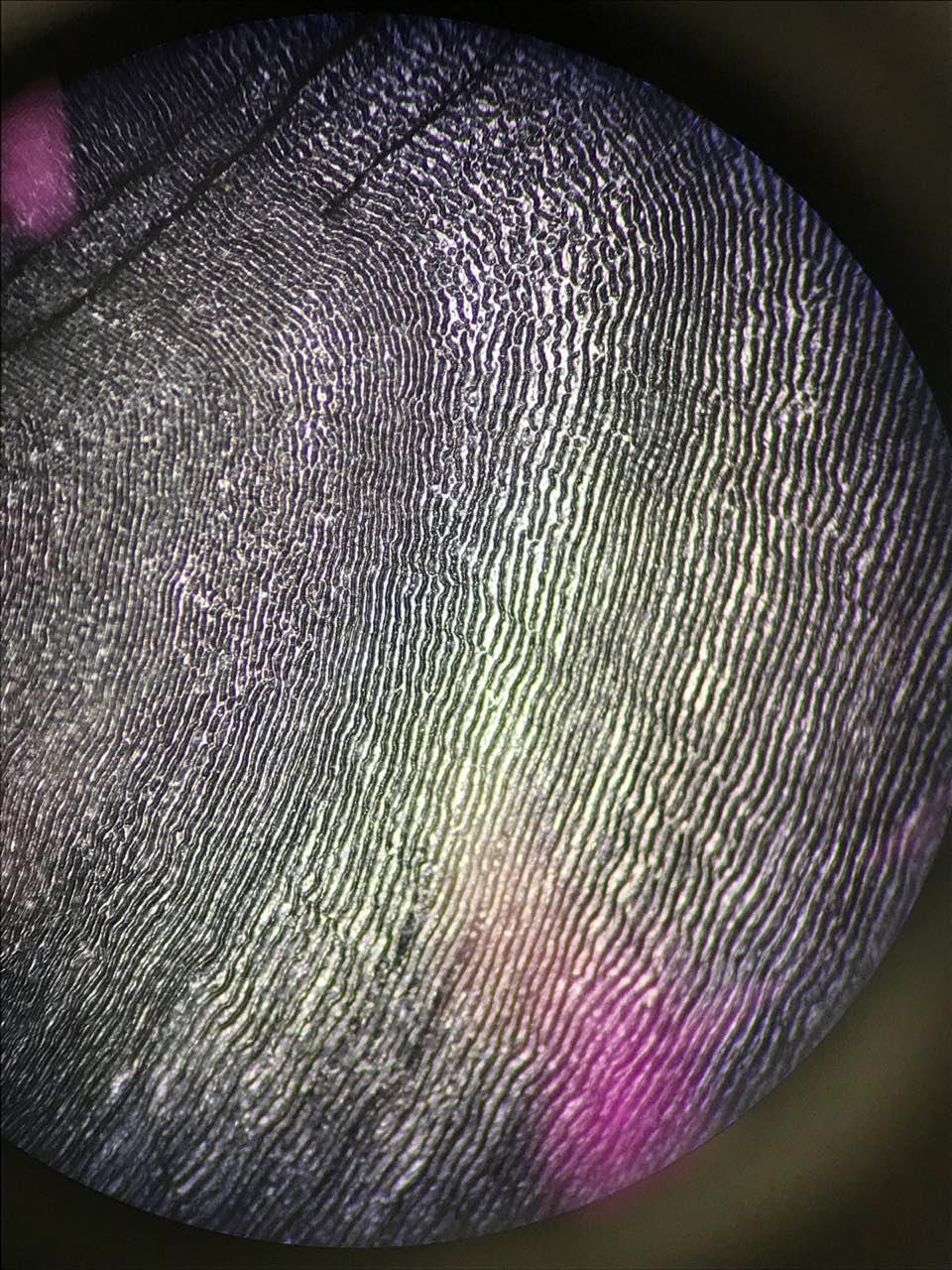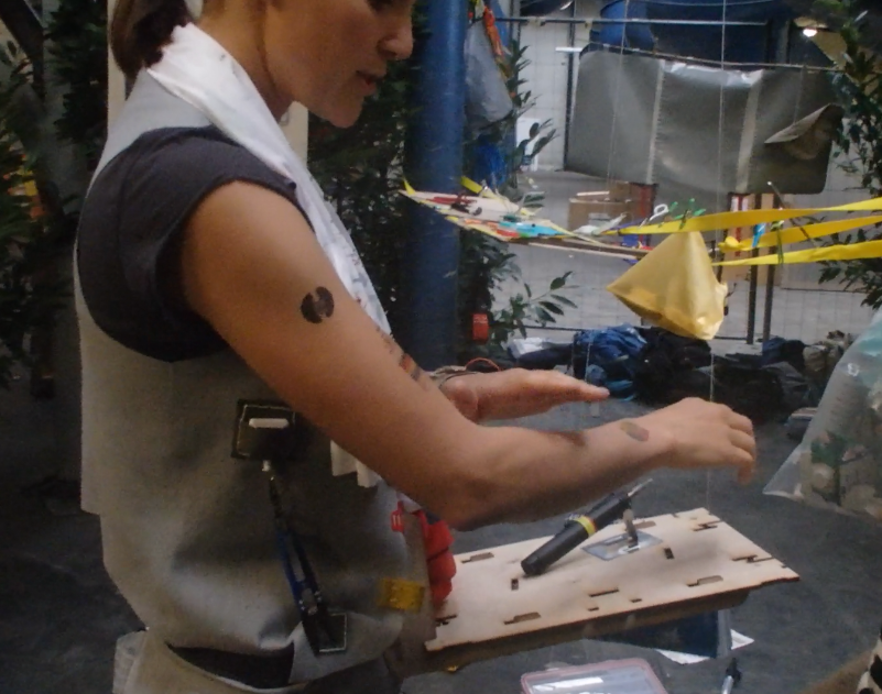I got the chance to see the process of a fish dissection. This is a common practice for marine biologists who study fish in order to find out more about the anatomy and life cycle of aquatic creatures for conservation purposes.
Tools
- Scalpel
- Point tweezers
- Ruler
- Measuring tape
- Vernier calliper
- Needles
- Tray
- Electronic scale
- Microscope

Worksite
The experiments are usually done in a research lab, with access to appropriate equipment, chemicals, etc. There are usual procedures to be followed to ensure that the experiments are done in a systematic and proper manner.
Process
The fish dissected was called a common carp. First, the width and the length of the fish was measured using the tape and the vernier calliper. Different parts were measured such as the mouth size, which says a lot about its diet and initial environment.
Then, the needles were placed around to position the fish when cutting it up. The scalpel was used to cut the fish from tail to the fin. Afterwards, the organs were taken out slowly and carefully using the tweezers.

After gathering all the individual organs, each were measured and weighed. The microscope was also used to look at the scales of the fish which shows how old the fish is.

Thoughts
It can get quite messy with all the blood but it’s still an interesting process. One of the challenges would be trying to take out the organs because one has to do it slowly, without affecting the other parts. At one point, the fat can be all lumped up together making it difficult to separate each organ. The scalpel is also really sharp so putting too much pressure might accidentally cut an organ and resulting in more blood and inaccurate measurements after the experiment. Overall, each tool has an important function and ensures that the dissection is done as carefully and properly as possible.
